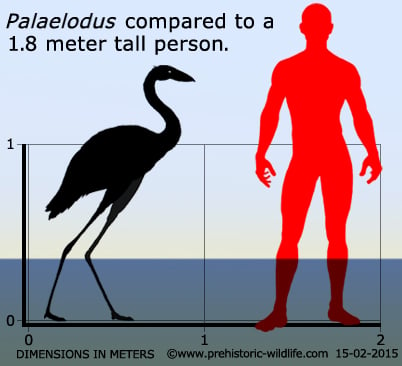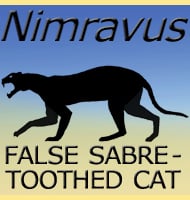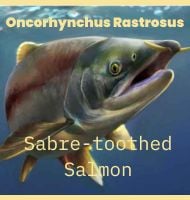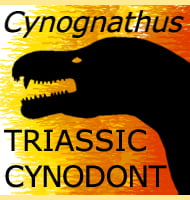In Depth
Palaelodus is the type genus of the Palaelodidae, a sister group to the birds that we today know as flamingos. Though perceived to be flamingo-like, Palaelodus is also noted as being primitive in form to the point that it may have actually swum through the water instead of only wading through it. The beak of Palaelodus is also noted as being not as well formed for filtering out small animals from the water as what modern flamingos have. Although Palaelodus is not a direct relative to modern flamingos, the genus still gives us a valuable insight into how flamingos evolved, possibly from grebes.
There have been many species assigned to the Palaelodus species, though some such as P. crassipes and P. gracilipes have been questioned. Two species named from Australia, P. pledgei and P. wilsoni, have also had there validity questioned given that they have been named from so far away from other known Palaelodus species, with the addition that P. wilsoni meaning the genus would have lived many millions of years after all the other known species went extinct. An additional species of the genus Megapaloelodus, M. goliath, is also often considered to be more similar to Palaelodus than to Megapaloelodus, though birds of this species are significantly larger than other Palaelodus species.
Further Reading
- Palaelodus (Aves: Palaelodidae) from the Middle to Late Cainozoic of Australia. - Alcheringa 22: 135–151. - R. F. baird & P. Vickers-Rich - 1998. - Morphological evidence for sister group relationship between flamingos (Aves: Phoenicopteridae) and grebes (Podicipedidae). - Zoological Journal of the Linnean Society 140 (2): 157–169. - Gerald Mayr - 2004. - First Record of Palaelodus (Aves: Phoenicopteriformes) from New Zealand. - Records of the Australian Museum Vol. 62: 77–88. - Trevor H. Worthy, Alan J. D. Tennyson, Michael Archer & R. Paul Scofield - 2010.










